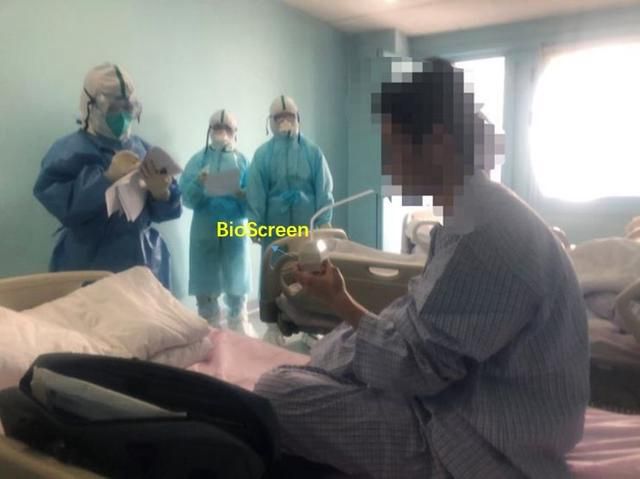Peking University, October 13, 2020: Professor Yao Maosheng’s research team from the College of Urban and Engineering at Peking University has initially confirmed in their latest research that human breath played an important role in spreading Severe Acute Respiratory Syndrome Coronavirus 2 (SARS-CoV-2), the pathogenic strain of coronavirus. The research of Yao’s team reported for the first time that COVID-19 patients could exhale millions of SARS-CoV-2 into the air per hour, which proved the effectiveness of wearing face masks to prevent COVID-19 infection. The groundbreaking result manifests a breakthrough in the global fight against COVID-19.

The research was conducted in cooperation with Center for Disease Control and Prevention of Chaoyang District of Beijing using reverse-transcription polymerase chain reaction (RT-PCR). The research team collected the exhaled breath condensate (EBC) samples from 60 patients with COVID-19, 15 healthy individuals and 4 patients with respiratory diseases rather than COVID-19. With these samples, they observed that the SARS-CoV-2 levels in exhaled breath of a patient could reach 105-107 copies/m3, and found out that the overall positive rate of exhaled breath can be up to 26.9%, while the positive rates of the surface and air samples are only 5.4%. They also tested the air of hospitals and quarantine hotels for SARS-CoV-2, and found the air sample in, for example, a toilet of a quarantine hotel, was positive. In this way, Yao’s team confirmed that the exhaled breath of COVID-19 patients can release SARS-CoV-2 into the air.
Since understanding the transmission approaches of SARS-CoV-2 is key to COVID-19 prevention, the discovery of Yao Maosheng’s team made valuable contributions to providing a scientific basis for future prevention of COVID-19. It also suggests an alternative method for screening asymptomatic patients, namely, through combining exhale breath with biosensing technology. The research outcome has been published online in Clinical Infectious Diseases, a medical journal affiliated to Infectious Diseases Society of America (IDSA).
Written by: Wang Yunlin
Edited by: Fan Xueyuan
